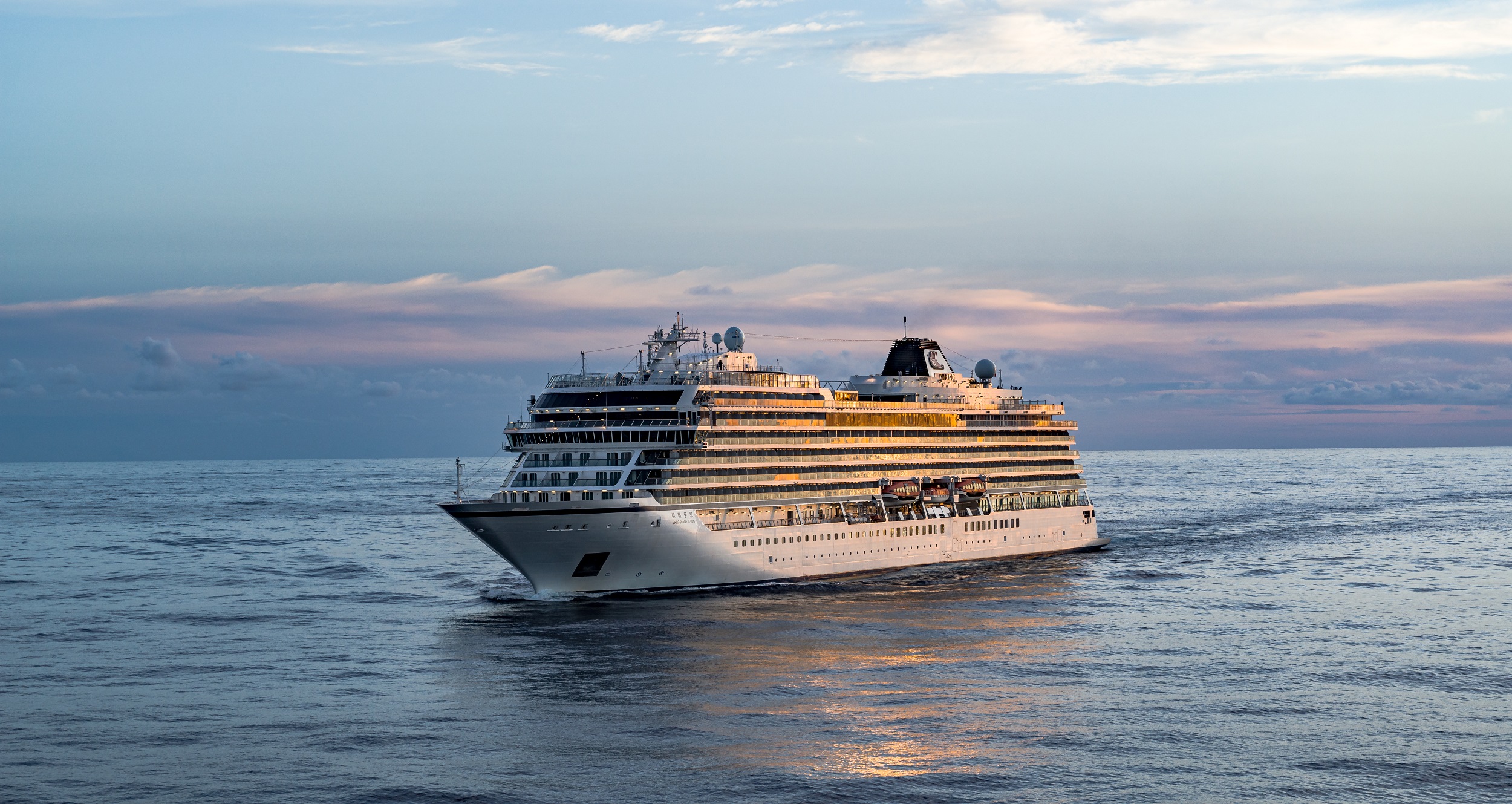

They trained in running, jumping, and wrestling. Vikings were trained from childhood to be powerful and reliable. They sailed the seas trading goods to buy silver, silks, spices, wine, jewelry, glass and pottery to bring back to their homes. They used the position of the Sun and the stars to find their way at sea. They were the most skilled and daring sailors of their day. They attacked many countries and took away much treasure. The name ‘Viking’ means ‘a pirate raid’ in the Old Norse language. They were most powerful during the year 700 to 1100 CE. During this period many Vikings left their homelands in Scandinavia and traveled by longboat to other countries, like Britain and Ireland. The Vikings were raiders, pirates, traders, explorers, and colonizers during the 9th to 11th century. The Viking age in European history was from about AD700 to 1100. They sent armies to Britain about the year 700 AD to take over some of the land, and they lived there until around 1050. The Vikings left their homeland because they were looking for better places to farm than the kind of terrain that Scandinavia had. Vikings were farmers, traders, travelers, hunters, trappers, fishers, and artisans. The tribes in England were the first to refer to the invaders as Vikings. The Vikings traveled over the sea in longships, which are long, narrow wooden boats that could be sailed in both deep and shallow water. They also colonized wide parts of Europe. The Vikings are also called Norsemen or Northmen. They came from Scandinavia-what is now Denmark, Norway, and Sweden. The roads of the Viking Age are known from wheel ruts.The Vikings were seafaring warriors In the 9th century. Did the Vikings have wheels?Ĭarriages were used in the areas where the terrain allowed. Ragnar’s journey takes a turn for the worst after the failure in Paris.

Rollo is declared the hero of Paris and things get even better for him. Unfortunately, Ragnar isn’t able to kill Rollo in battle and the Vikings sail away defeated. Rathlin Island on the north east coast was attacked and in the same year Inishmurray, Co. The Viking invasions of Scotland occurred from 793 to 1266 when the Scandinavian Vikings – predominantly Norwegians – launched several seaborne raids and invasions against the native Picts and Britons of Scotland. Each time they looted the city or were bought off with bribes. The Vikings first rowed up the Seine to attack Paris in 845 and returned three times in the 860s. Exploration was a family business for the expedition’s leader, Leif Eriksson (variations of his last name include Erickson, Ericson, Erikson, Ericsson and Eiriksson). Half a millennium before Columbus “discovered” America, those Viking feet may have been the first European ones to ever have touched North American soil. When the Vikings came up the Seine, defense of the city was in the hands of Odo, Count of Paris (later King of West Francia, 888-898 CE) who would become the Frankish hero of the siege of 885-886 CE. Genetic studies have shown that even back then there was a healthy mix of blonds, redheads and dark-haired people, just like today.
#DID VIKINGS ROW THEIR OWN SHIPS SKIN#
How did the Vikings look?ĭanish Vikings were redheads – The skin on the skeletons has looked much like it does on most of today’s Danes. The rowing crew, composed of sailors or slaves called thralls, sat on uniformly sized chests that held their belongings or cargo. When rowing was a necessity, oars could be fitted through oar holes or onto hooks. Moreover, this arrangements of the shields meant the warriors could have more room in their boat.įor long journeys, Vikings relied on wind power provided by the large, square sail. The Viking shields placed on the sides of the ships protected them from the distant hail of arrows. Why did Vikings have shields on their boats? The ship’s shallow draft allowed navigation in waters only one meter deep and permitted beach landings, while its light weight enabled it to be carried over portages. The long-ship is characterized as a graceful, long, narrow, light, wooden boat with a shallow draft hull designed for speed. Why did Vikings build their ships so close to the water? “My historical consultant said, ‘You know, if there was an obstruction on the river when the Vikings were going river raiding and they couldn’t get around the obstruction, they would dismantle the boats and carry them around the mountains and put them back on the other side,’ so we did that,” Hirst said of the scene. Did the Vikings carry their boats over mountains?

A steering oar or ‘steerboard’ was used to steer the ships. Leather strips criss-crossed the wool to keep its shape when it was wet. The ships were powered by oars or by the wind, and had one large, square sail, most probably made from wool. Did the Vikings have wheels? How did the Vikings move their boats?


 0 kommentar(er)
0 kommentar(er)
